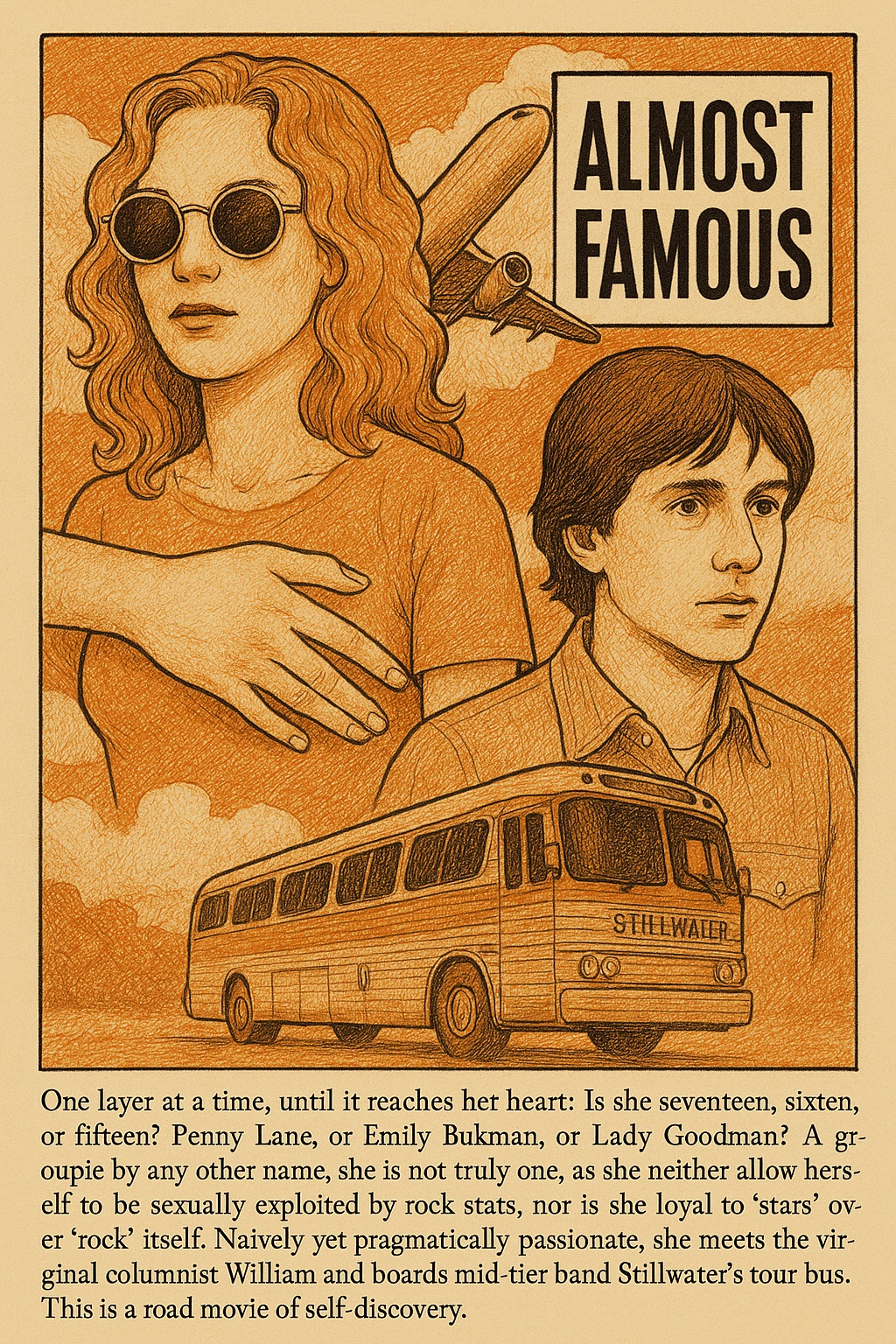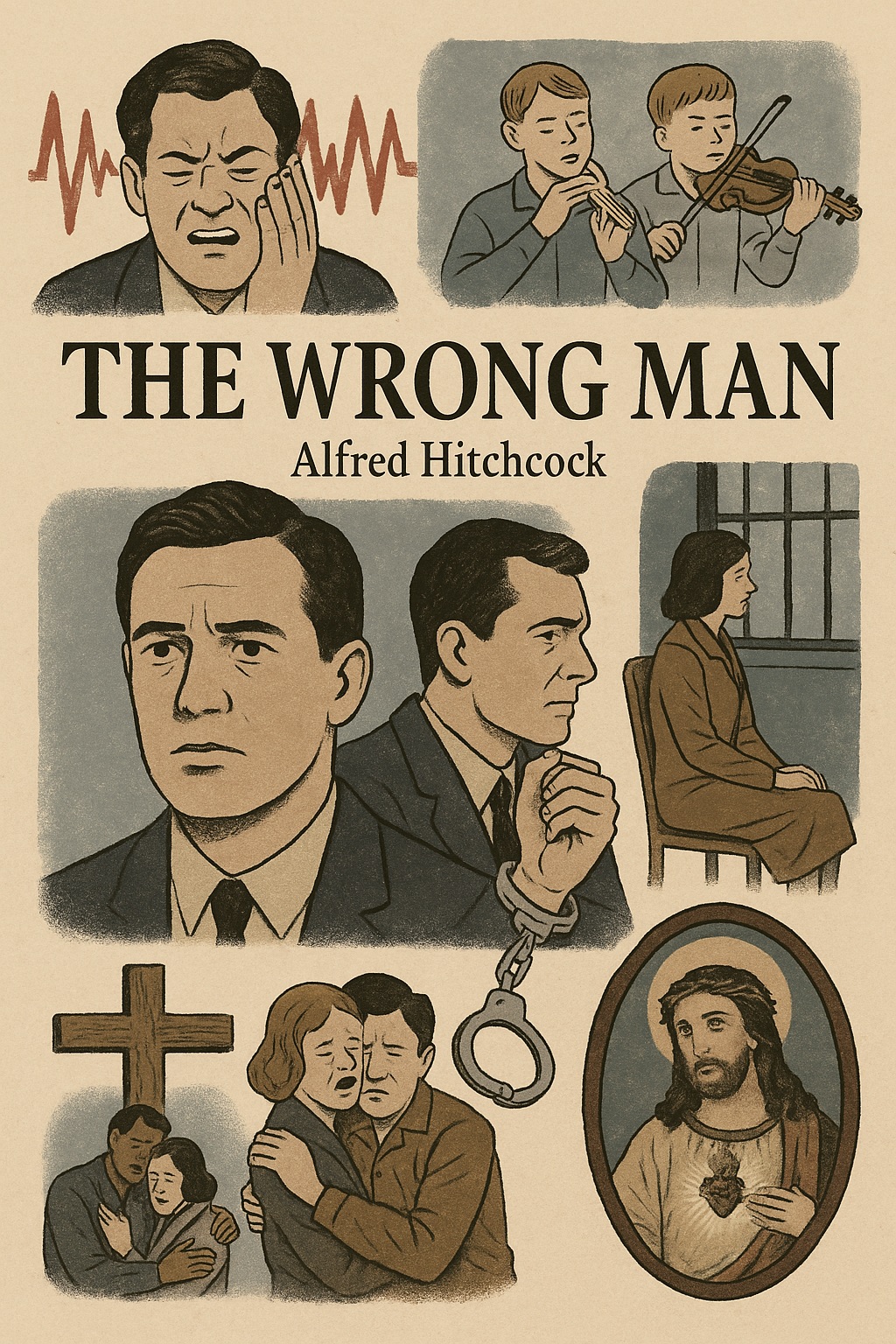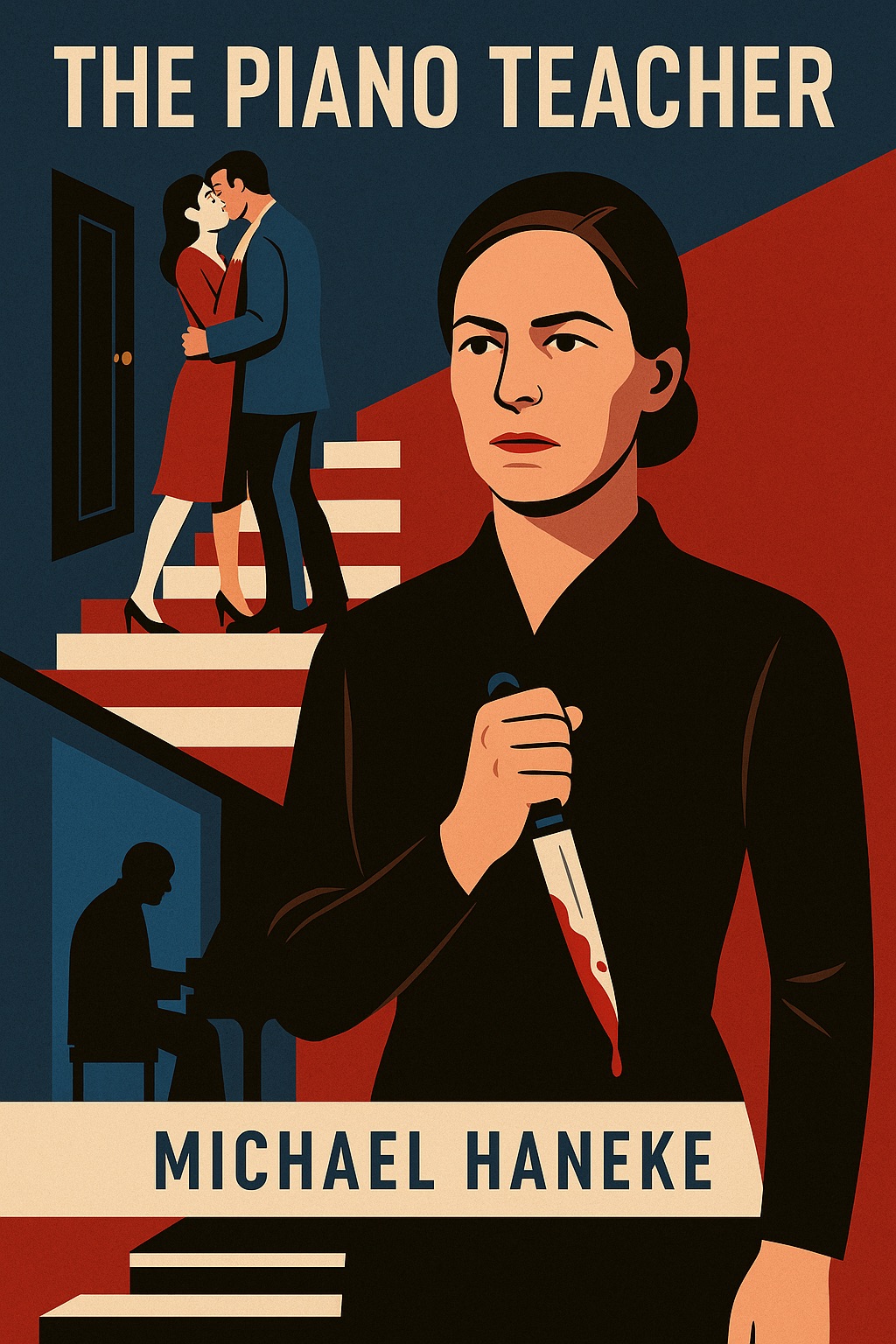To Catch a Thief (1955), Alfred Hitchcock
Resolving one’s own tangled web: John Robie, famously known as “The Cat”—a legendary jewel thief whose skills once stunned the criminal underworld—has spent fifteen serene years in quiet retirement in rural France. However, tranquility evaporates when a thief copying Robie’s signature methods emerges, thrusting Robie into a predicament where he must demonstrate his innocence to skeptical police and distrustful former comrades.
Robie distinguishes himself from common criminals by refusing to romanticize or justify his crimes. When confronted by Hughson, who suggests Robie was akin to Robin Hood, redistributing wealth to the poor, Robie calmly dismisses such notions, candidly admitting he stole for himself without a trace of Dickensian tragedy to excuse him. Does this candor make him villainous? Perhaps not, especially with Cary Grant’s sophisticated charm embodying Robie. Pursuing the impostor isn’t driven by heroics but self-preservation, exacerbated not by Robie’s actions but by others’ perceptions of him.
Robie’s social circle divides into two distinct camps: Frances and Danielle on one side, and the police along with Robie’s former Resistance colleagues on the other. Intriguingly, it is his past compatriots who deem him a hypocrite and a scoundrel despite sharing the same questionable past. Conversely, Frances, a potential victim, idolizes Robie as though he were a romantic antihero from cinema lore, and Danielle is hopelessly infatuated.
From a neutral perspective—or one already charmed by Grant—Robie appears neither hypocritical nor villainous. Having served his time due to his Resistance activities, one might think this sufficient. Yet his absolution remains strictly legal, not moral. His moral standing isn’t relevant to villains but matters profoundly for his social reputation. Robie cannot simply relinquish his luxurious villa nor tolerate unwarranted accusations from Frances. His declarations of innocence fall on deaf ears with the police, compelling him to personally apprehend the imitator.
Frances exemplifies intriguing duplicity: refined and aloof in public yet boldly passionate when alone with Robie. Always controlling the dynamic between them, Frances’s thrilling escapade abruptly ends when reality intrudes—the theft of her mother’s necklace shifts her from daring adventuress to betrayed innocent. All pleasures, Hitchcock hints, only last until harsh reality intervenes.
Such duplicity recurs in other characters. Bertani outwardly expresses support but covertly manipulates Robie’s past for personal gain. Danielle openly admires and entices Robie, yet secretly becomes his imitator, trapping him further. His former comrades resent his affluent lifestyle, and law enforcement lacks the will to overturn their conclusions in pursuit of the true criminal. Thus, the film critiques society’s rigid inertia. Robie’s quest for resolution is less moral redemption than a meticulous effort to erase his lingering footprint—his “Cat” persona itself—a grandly orchestrated “perfect crime.” Remarkably, only one character comprehends Robie fully—Frances’s mother, Mrs. Stevens, enriched by another’s fortune. Her tacit understanding underscores a universal complicity: by Robie’s logic, are we not all thieves? Her complicity in Robie’s escape might be considered professional courtesy among fellow “thieves.”
The Shop Around the Corner (1940), Ernst Lubitsch
In this charming tale set within a humble shop, overt villainy is scarce—embodied chiefly by the petty and manipulative Vadas, whose adultery and gossip stir discord among employees. His small-scale malevolence masks a deeper, pervasive harm arising from the illusions he projects.
Central to Lubitsch’s narrative are Kralik and Novak, whose anonymous correspondence cultivates mutual fantasies far detached from their less idealized workplace interactions. The delightful suspense hinges on when their illusions will shatter. Their imaginary selves are paragons—free from mundane concerns like unemployment, literate in Tolstoy, and presumably attractive. Reality, predictably, disappoints.
Kralik first confronts the harsh truth: his idealized correspondent is Novak, his critical subordinate. Although initially dismayed, Kralik finds himself genuinely charmed by her. Novak, however, clings desperately to her fantasy of a man Kralik could never embody. Lovesick, she recites her anonymous admirer’s flattering prose, oblivious to its source.
Early in the film, Kralik chastises Vadas for exaggerating a simple dinner with the boss’s wife. Ironically, Kralik fails to recognize his poetic embellishments in letters parallel Vadas’s damaging gossip. Both distort reality, nurturing illusions and mistrust, precisely the cause of Kralik’s unjust dismissal by Matuschek.
Twice, Kralik openly admires Novak—particularly her scathing, poetic criticisms of him. His usual cynicism briefly dissipates into admiration for her articulate honesty. These expressions differ profoundly from gossip because of their sincerity.
In the poignant climax, Kralik confronts Novak’s romantic fantasy, describing her imagined lover harshly—an unattractive, dependent freeloader. Although cruel and untrue, the act dismantles harmful illusions. Ultimately, their romance resolves authentically, stripped of fantasy, embracing mundane truths humorously revealed—his supposed bowlegs providing a final, trivial confirmation.
The Big Heat (1953), Fritz Lang
Fritz Lang’s gritty noir scrutinizes the problematic notion of “justifiable” violence often glamorized by media. Commonly, once threatened, cinematic heroes freely wreak havoc without moral repercussions. Here, ex-detective Bannion methodically annihilates a criminal syndicate following his wife’s murder, justified superficially by self-defense and brief flashbacks of domestic happiness. Yet Lang questions this simplistic morality—mere allegiance to a side should not define morality; actions must.
Though Bannion is compelling, the film’s emotional gravity belongs to Debbie. Her journey, marked by profound suffering, overshadows Bannion’s straightforward vendetta. Gloria Grahame’s affecting portrayal lends depth reminiscent of melodrama, culminating in revenge against Mrs. Duncan—something Bannion cannot achieve himself. Initially terrified to reveal her scarred face, Debbie ultimately faces her fate courageously, Lang highlighting her intact profile—a powerful visual metaphor emphasizing inner resilience.
The optimistic declaration that “not everyone is entirely bad” resonates powerfully amidst pervasive cynicism. Bannion finds redemption through renewed empathy and humility, acknowledging others’ humanity. Lucy Chapman’s tragic fate poignantly underscores the cost of corruption, lingering quietly as a somber reflection of lost innocence and collateral damage.


